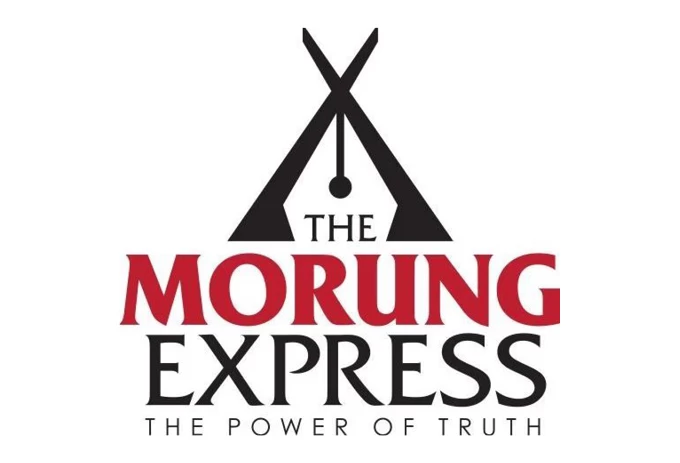
NEW DELHI, February 12 (Reuters): India left train fares and freight rates unchanged in its interim railway budget, as politicians try to please voters and manufacturing companies ahead of national elections due in the next three months.
India’s state-owned railways are the world’s fourth-largest, with 65,000 km (40,000 miles) of track, after the United States, China and Russia, but have suffered from years of low investment and a lack of policy reforms.
India last raised passenger fares in January 2013, after a nine-year gap, snapping a populist trend in order to mend the finances of a creaky rail network that drags on the economy.
Railways Minister Mallikarjun Kharge said the department would rely on budgetary support as well market borrowing to invest in new tracks. “Inadequacy of financial resources is a key constraint to railways,” he said, while presenting an interim budget for the first four months of the fiscal year to March 2015.
Indian Railways plans to invest 643.05 billion rupees on new lines and other infrastructure in the next fiscal year, up 8.3 percent from a revised figure of 593.6 billion in the current fiscal year, he said. It expects support to the tune of 302.23 billion rupees from the federal government’s budget, and plans to borrow about 198 billion from the market.
In election years, India presents an interim budget to seek parliament’s approval for planned expenditure for a few months, but leaves the next government to take major policy steps in the full-year budget after the polls. The railway budget precedes the federal interim budget, to be presented in parliament by Finance Minister P. Chidambaram on February 17, which is likely to raise funding for some vote-winning projects while trying to rein in the fiscal deficit.
In a bid to please voters, the railways minister announced 72 new trains, despite the financial woes that beset the sector. Successive governments have milked the railways to provide voters with cheaper transport and employment. The railways spend about $4 billion on passenger subsidy each year while charging higher freight tariffs. In the past five years, it has added about 260,000 staff to rank among the world’s largest employers, with a work force of nearly 1.4 million.
The railways remain India’s chief mode of long-distance travel, despite a poor safety record of more than 2,200 deaths in railway accidents in the last decade. India added just 1,750 km (1,087 miles) of new lines during the period from 2006 to 2011, compared with 14,000 km (8,699 miles) by China, auditors Ernst & Young said in a report.
Railway focus on extending
connectivity to North East
connectivity to North East
New Delhi, February 12 (IANS): In a bid to bring the North Eastern states within the railway network, the Indian Railways are now on course to converting or commissioning various rail lines in three states in the region - Assam, Arunachal Pradesh and Meghalaya, Railway Minister Mallikarjun Kharge said here Wednesday while presenting the interim railway budget in the Lok Sabha.
The Railways are on course to converting the strategically important 510-km-long Rangiya (Assam) to Murkongselek (Assam) metre gauge line into broad gauge within this financial year. “The capital (Itanagar) of Arunanchal Pradesh would soon be on the rail map in this financial year, as Harmuti-Naharlagun newline is expected to be commissioned shortly,” he said. The state of Meghalaya is also all set to come on the Railways map in this financial year itself, as the Dudhnoi-Mehendipathar new line is getting completed by March 2014, he added.




